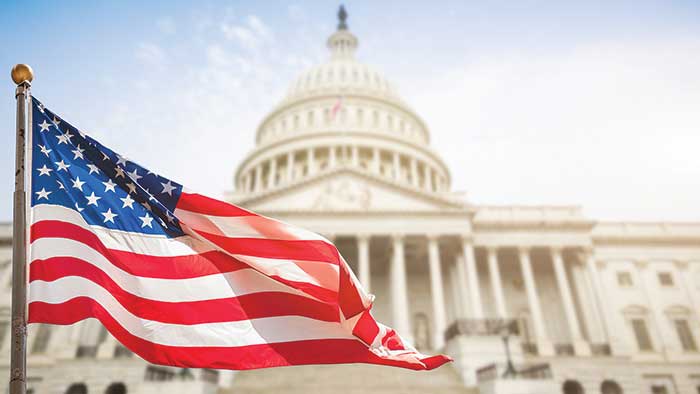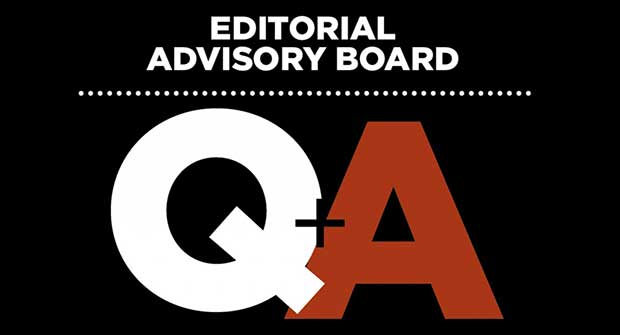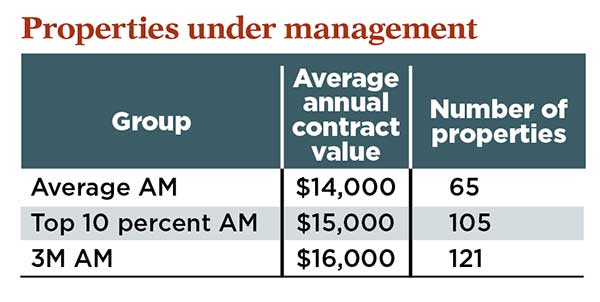Long before I was in government relations, I was part of the professional lawn care industry. And long before that, I worked on my father’s golf course. Fertilizers and pesticides are necessary inputs for golf courses, and their unmistakable aroma was ever-present at my dad’s maintenance shop. In the nearly 60 years that he was a superintendent, he never entrusted anyone to do his spraying for him.

Watching him, he seemed like a sort of alchemist mixing various concoctions to keep menaces such as dollar spot and the annual bluegrass weevil at bay. From old school pesticides such as DDT to newer chemistries such as imidacloprid, he used them all. This November, he will turn 84, and he is healthier and more active than many people half his age. An anecdote about the chronic health effects on pesticide applicators? Granted, but my dad is far from the only elderly golf course superintendent that I know.
I recall as a kid being puzzled by the fact that Dad could no longer purchase chlordane, an insecticide he used to combat a wide array of insects. Like DDT, chlordane is one of the chlorinated hydrocarbon insecticides that was prized for its efficacy and persistence in the soil. A single application could control white grubs for 15 years or more. Back then, I knew nothing of the recently established U.S. Environmental Protection Agency (EPA) or environmental policy in general. All I knew was that my dad was worried that there was no effective replacement for chlordane. Indeed, from the time the EPA removed chlordane from the turf and ornamental market in 1978 until the approval of imidacloprid, the first of the new class of neonicotinoid insecticides, in 1994, there was no effective preventive control for subsurface insect pests of turfgrass in cool-season turf.
Politics and turf
Being politically active is almost a requirement in the lawn care industry. In many places, environmental activists who despise lawns as wasteful, resource-intensive and an environmental calamity overall work diligently to ban the products that we use to protect turfgrass from pests. Not content with banning just pesticides, these same activists then turn their attention to fertilizers, conjuring up wild tales of destruction that run counter to the stacks of research to the contrary.
The longer I was in the lawn care industry, the more time I spent wearing a suit and tie, walking through the state capital buildings in New England where I live and work, championing our side. While this may seem like a difficult task, I came to appreciate that all those years dealing with angry customers was excellent training for interacting with politicians.
Over the past four years that I’ve been with NALP, I’ve come to understand how the fertilizers and pesticides we use come to market and the rigorous scientific and regulatory gauntlet that must be traversed. It is incredibly complex, but at the same time, it is open, transparent and inclusive. The scientists at the EPA know what they know, but they don’t know the lawn care and landscape business. Our job is to educate and share how we use pesticides and use them properly, so when decisions are being made as to whether a product is registered for turf and ornamentals, the EPA has the best available information.
In the coming months, I will be focusing upon topics in government relations that have the potential to affect almost every aspect of our industry. We track and engage on diverse issues, such as a ban on small gasoline engines in California or banning all nonagricultural uses of pesticides in Maine. As I am writing this, the political landscape is quiet, but that never lasts for long. A new legislative season is quickly coming into view, and we need as much help as we can gather to promote all the benefits our industry brings not only to the environment but also to the quality of life of our customers as well.

